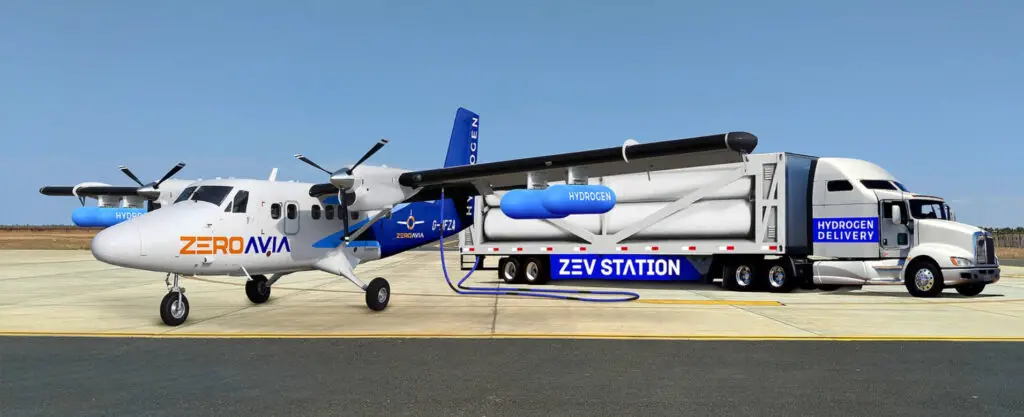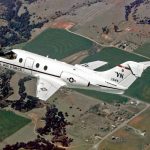Hydrogen-electric aeronautical solutions developer ZeroAvia has signed a MoU with ZEV Station, a manufacturer of hydrogen fueling and refueling stations. The agreement establishes the willingness of both companies to develop a hydrogen refuelling ecosystem at Californian airports.
The initiative aims to harness the capacity of airline stations to become hubs for this alternative fuel. They will work on an initial regional airport project that represents, at sufficient scale, how hydrogen can facilitate zero-emission commercial flights.
ZeroAvia already has experience in such initiatives. Together with the European Marine Energy Centre (EMEC), it developed the Hydrogen Airport Refuelling Infrastructure (HARE).
Potentially, airports are high demand points for hydrogen, due to the high volumes required to supply the operation. Through this activity, they can incentivise large-scale production and thus help to reduce the costs of this alternative energy. Airports can be seen as important players in the search for alternatives to reduce greenhouse gas emissions.
«There is enormous potential for airports to act as hydrogen hubs precisely because there will be significant demand—hydrogen-electric propulsion is the only practical, holistic and economically viable solution to the industry’s full climate impacts», commented Arnab Chatterjee, ZeroAvia’s Vice President of Infrastructure.
He also noted California’s leadership in the adoption of electric-powered ground vehicles. «Zero-emission flight infrastructure at airports is the next natural frontier», he said.
«The time is now to develop the path towards replacing fossil fuels», said Jesse Schneider, CEO and CTO of ZEV Station. «We jointly plan to collaborate to help accelerate fueling methodologies with public-private-partnerships such as the newly formed H2-Aero Team at the Vertical Flight Society», he said.
The executive was also optimistic about the possibility of implementing hydrogen fueling solutions on a large scale at air stations in the future. «This could offset the need for carbon-based fuel at airports entirely, but there is a lot to be done to make this a common reality», he concluded.














